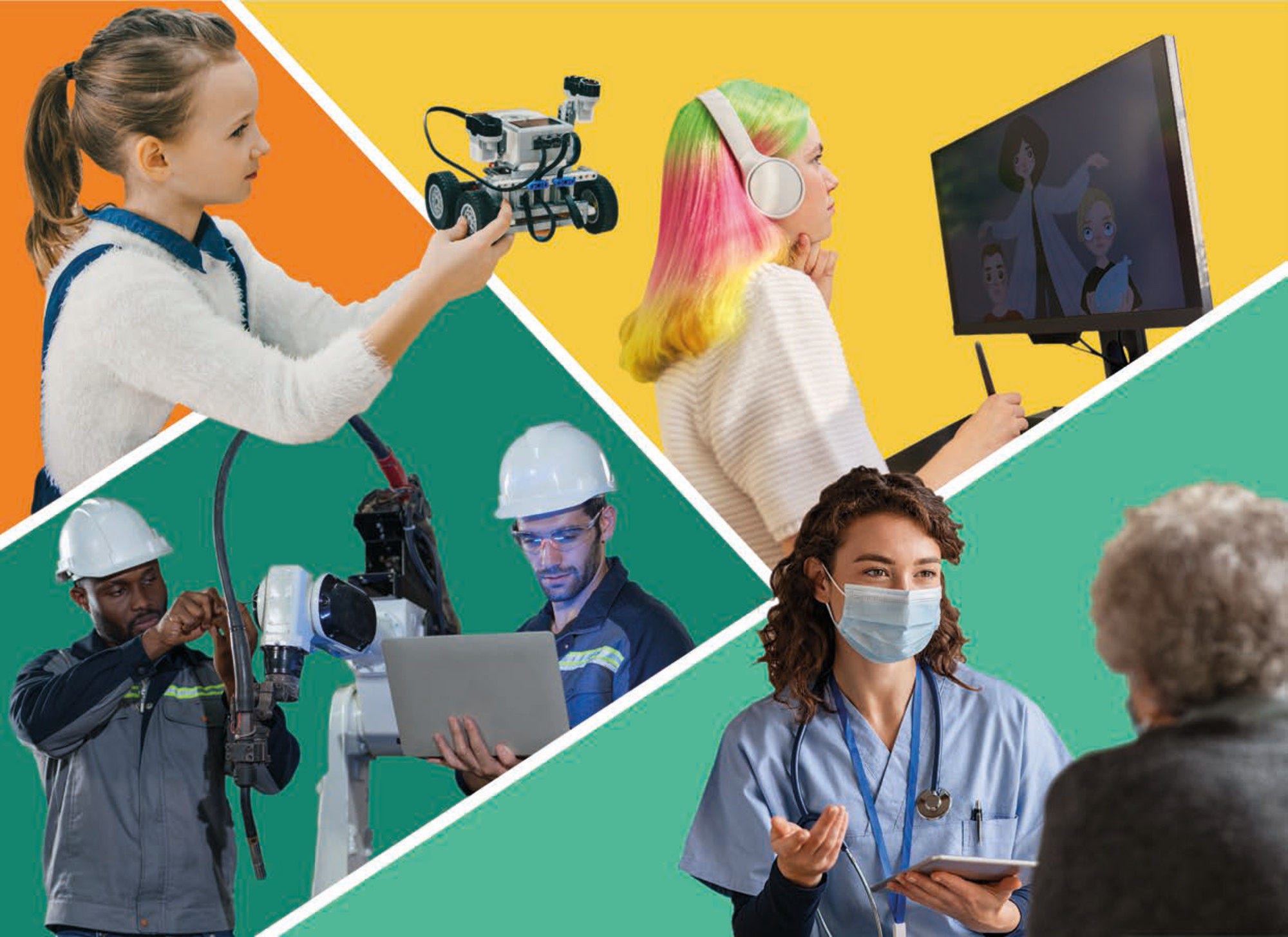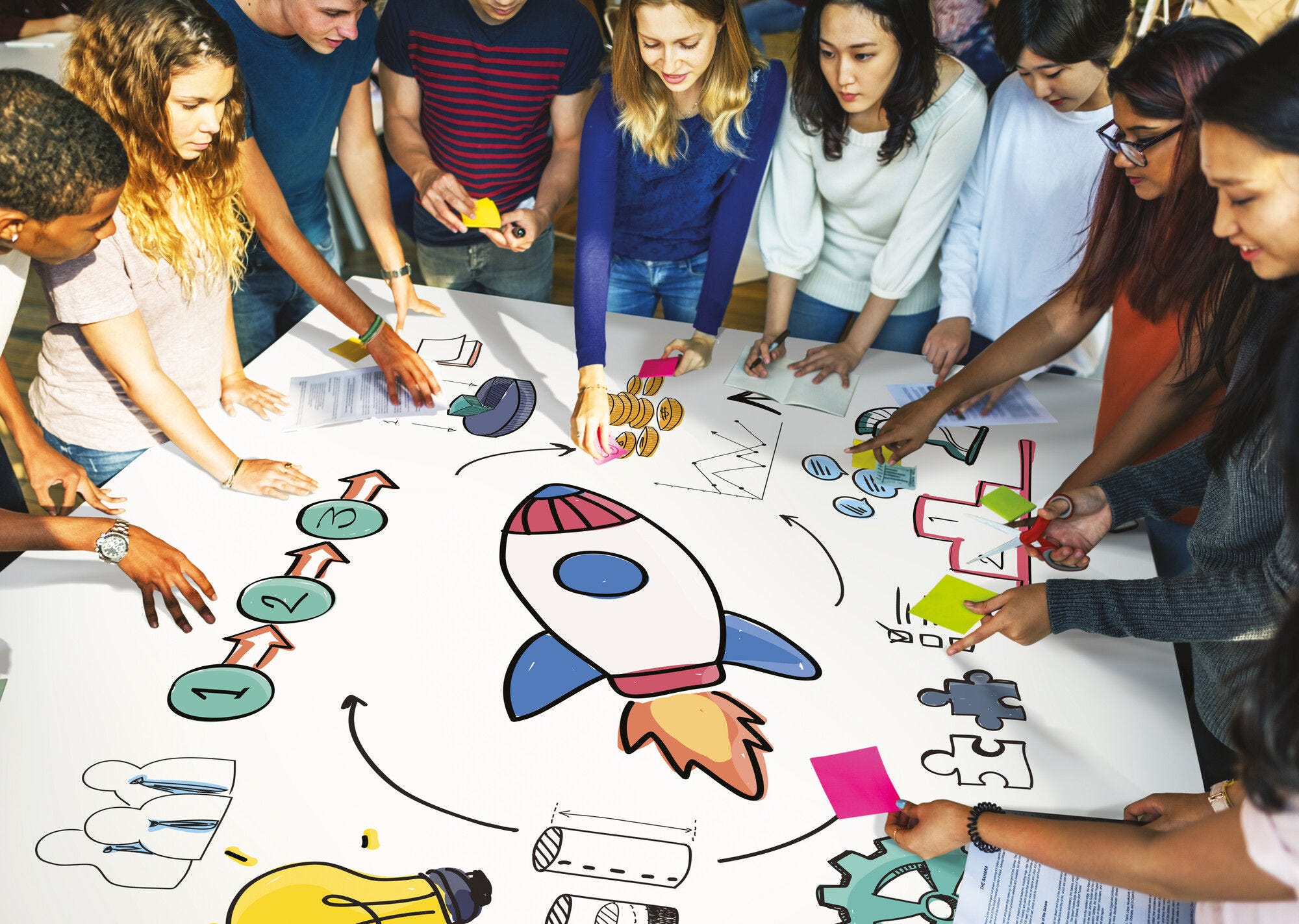This book highlights new scientific research about how people learn, including interdisciplinary perspectives from neuroscience, the social, cognitive and behavioural sciences, education, computer and information sciences, artificial intelligence/machine learning, and engineering. These new developments offer fascinating new perspectives, based on technological advances, which enable a re-examination of longstanding problems in learning, raise new questions, and offer new approaches to the study of learning. This report seeks to catalyse discussions on the implications of these research findings for education practice and policy, and in turn, on how knowledge and experience from real-world education practice and policy could challenge and inform research agendas and theory building.
Developing Minds in the Digital Age

Abstract
Executive Summary
Powerful trends are reshaping the context for education. They accompany calls for change and innovation to meet the demands of rapidly changing technology, new skills in the workplace, and the need to foster equity, social cohesion and global citizenship. Central to success in meeting these demands and expectations is the development of an individual’s full capacities to learn throughout his/her life span. Only then can education produce individuals who are productive in, and can successfully navigate an increasingly knowledge-intensive and technology-driven 21st century. A key pathway to realising this ambition is to use the best available research evidence on human learning to inform educational practice and policy.
Recent years have spawned technology advances and new research methods that enable the study of learning in ways that were previously not possible. Significant insights have been achieved into the complex, dynamic processes and mechanisms that underlie how people learn, and how environmental factors affect learning. Important glimpses into the proverbial “black box” between input to and output from the learner have come from diverse disciplinary experts working together, including: neuroscientists, social, behavioural and cognitive scientists, mathematicians, computer scientists, engineers and education researchers. This is an opportune time for researchers, education practitioners and policy makers to collaborate more closely to examine the implications of new findings about human learning, and propose science-based actions to address the learning and educational challenges before us.
In the spirit of the translational mission of the OECD Centre for Educational Research and Innovation between research and education policy and practice, this book aims to contribute to this much-needed effort. The book is not intended to be a comprehensive treatise of all topics central to learning, and does not presume to prescribe solutions to the myriad of complex educational dilemmas. It seeks to catalyse discussions on the implications of research findings for education practice and policy, and in turn, on how knowledge and experience from real-world education practice and policy could challenge and inform research agendas and theory building.
The book has three parts, with chapters by leading researchers presenting recent research and discussing its implications for educational policy and practice.
Interplay between the learner and the environment
The chapters here underscore the dynamic and interactive elements of biological, behavioural and cognitive development across the life span, and the interplay of the learner with his/her environment. The importance of the early years as a foundation for later learning is featured for language learning, the development of numerical understanding and spatial learning. Another theme is the importance of social learning and social-emotional interactions in learning. Examples include: how gender and racial stereotypes can negatively affect career choices and academic performance, and how early and targeted interventions can mitigate the harmful consequences of negative role models; and how maths anxiety among parents and teachers can negatively affect children’s maths learning.
Science of learning in design and use of technology for learning
Integrating principles of how people learn into the design of technology is essential for its use to effectively support and enrich learning. Some examples include: incorporation of cognitive models of human visual, spatial, conceptual representations and processes in spatial learning to improve communication via sketching; use of collaborative capabilities of digital technologies to foster the creation of social relationships in learning; use of intelligent, computer-based tutors to adapt instruction to individual students based on assessments of their knowledge and ability; and the use of Big Data, Artificial Intelligence algorithms, education data mining and learning analytics to choose among the trillions of instructional strategies to improve learning and education. Additional chapters give a sense of the enormous potential of digital technologies and Artificial Intelligence in innovating learning environments and at scale.
Implications for research, education practice and policy: Opportunities and challenges
The third part of the book explores what needs to be done in order to facilitate the use of research from the science of learning for more innovations in teaching, learning and education. The application of laboratory-derived scientific principles of learning to “messy” classroom practice remains challenging. To bridge these two worlds, more interaction, communication and collaboration between the communities of researchers and practitioners is necessary. Discussion in this section includes specific attention to training and up-skilling of both researchers and teachers. For the researcher, training is needed to work with big data in order to reap its benefits; for the teacher, education and training need to keep pace with developments in the science of learning and more in-depth understanding of learning processes. This is vital because the teacher is a critical partner in the implementation of science-based interventions to improve learning. Additionally, teacher training and technical support of teachers are needed for timely and effective incorporation of learning technologies for pedagogical purposes.
The book is also illustrative of the role government can play, and the emerging global networking around a more integrative and interdisciplinary science of learning. For example, funding by the US National Science Foundation has fostered an interdisciplinary and networked community in the United States, focused on the study of learning. Perhaps the largest single investment in research centres for large-scale, interdisciplinary study of learning, the US Science of Learning Centers have also helped catalyse science of learning efforts in Hong Kong, Australia and Brazil. Many other groups beyond those mentioned in this book exist as well, raising the need for exploring socio-technical infrastructure that supports networked knowledge and resources. By leveraging economies of scale and the collective engagement of researchers, practitioners and policy makers, new paths can be forged for transformative advances in learning and education.















